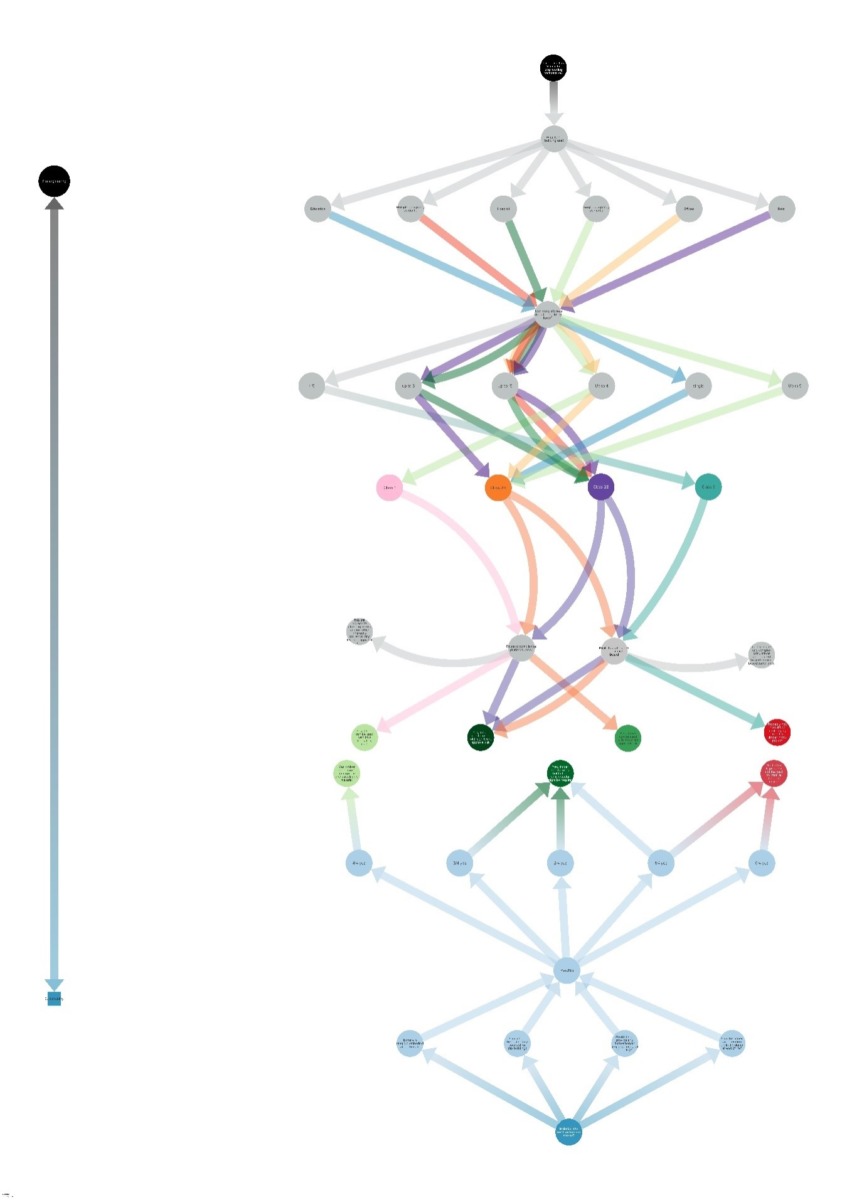Insights
Timber in the built environment.
Cost benefit analysis between fire safety and sustainability.
A ubiquitous material.
Timber has historically been widely used as a construction material, but in recent years it has gained particular popularity in response to the necessity of meeting Net Zero Carbon requirements in an industry that alone makes up 25% of the UK’s total emissions. The first still-standing building made out of timber is the Horyuji Temple in Japan, built in 600AD, whereas the tallest timber building ever built is an 18-sorey mixed-use building in Norway.
The benefits related to the use of timber are many, including lower embodied carbon than other traditional alternatives, lighter weight and the possibility to be assembled off-site and higher comfort levels for the final user. On the other hand, the main challenges related to using timber in the current construction industry are related to fire engineering concerns. This article presents the drivers and barriers related to using this material and presents newly developed tools to aid the decision making process in assessing whether timber might be the most appropriate material for a given project. The hope is that this tool would allow us to lead the inevitable change of the construction industry towards a greener future, not leaving any opportunity to effectively employ this material in virtue of the complications that it might entail.
The drivers.
The reasons why timber is a great construction material are many, and this research has focused primarily on sustainability and fire engineering disciplines, finding that the majority of drivers to use this material in construction have to do with how sustainable it is.
- It has lower embodied carbon when compared to concrete and steel structures. The graph below represents the steep difference in kgCO2/m2 between Cross-Laminated Timber (CLT) slabs and concrete quantitatively. Even when using CLT slabs, which are encapsulated in either concrete or gypsum plaster, the embodied carbon difference is remarkable. Figure 2 draws the same comparison in a real-life scenario for an 18m tall office building.
Figure 1: Embodied carbon of CLT slabs and concrete structures.

Figure 2: Real life embodied carbon comparison between CLT slabs and steel and concrete structures.
- It grants higher comfort levels for the final user of the building. Numerous studies have confirmed how being in the presence of natural elements such as timber reduces the level of stress, a phenomenon known as biophilia.
- It is lighter to build with than more traditional alternatives. This represents an advantage as it reduces the need for structural work such as very deep foundations normally required for tall buildings, or reinforcement work to the existing structure in the case of a building expansion.
- It presents the opportunity to be assembled off site, which is regarded as an advantage because of the increased efficiency and safety of carrying out heavy procedures in specialised environments, facilitates access to specialised tools, it optimises the use of space and resources on the building site and reduces noise pollution and material wastage.
The challenges.
On the other hand, the main challenges related to using this material for construction have to do with fire safety implications and our capacity to sustainably replace this material at the pace required to meet its demand.
- It heightens the fire risk. Using exposed combustible material in a building will inevitably increase the risks to the occupants and the fire services in the event of a fire occurrence. Measures can be taken to mitigate this risk such as installation of a sprinkler system, encapsulation of the material and early consultation with the fire engineers are paramount in ensuring that timber can be used for construction whilst still meeting the minimum safety requirements.
- Using a combustible material such as timber for construction in the UK leads to a steep increase of insurance premiums, potentially limiting the possibility of using this material in a project that would otherwise benefit from it. The creation of a dedicated assessment tool will hopefully contribute to build on a solid reputation of our competency in creating safe, compliant buildings.
- Any route to compliance for a building using timber as material entails that said building will fall outside the scope of Approved document B, with the consequence of the fire strategy proposing a fire engineered solution. This carries a higher level of approval risk if compared to a guidance based approach. The fire strategy of timber building requires various levels of hand calculations and in certain cases real-life testing to prove that the building meets the same level of safety than a code-compliant one.
- It is argued that, in order to meet the increasing timber demand, we will have to face long-term sourcing issues and ecosystem disturbance where either primary forests are depleted as a result of the timber industry, or untouched green land ecosystems are dedicated to the plantation of timber-making forests. Sustainable forestry practices are a key factor in enabling this material to be one of the answers to a truly sustainable construction industry.
Finding a balance.
In order to balance the above drivers and challenges related to the use of timber in the construction industry discussed above, a tool has been produced for our engineers and consultants to answer the question
Is timber the most appropriate material for this project?.
Figure 3 below represents what the tool currently looks like, with fire engineering considerations at the top and sustainability requirements at the bottom. The midsection of the tree gives insight into how appropriate timber is likely to be for the project at hand.
Future developments of this tool will include the incorporation of a number of case studies from our work and research to help inform the final decision in those cases where the answer might not be obvious.

Figure 3: Decision making tree.